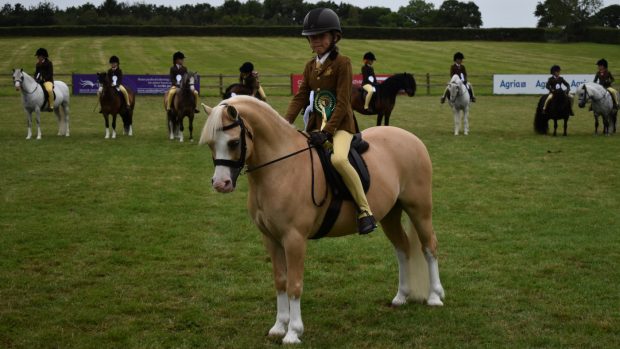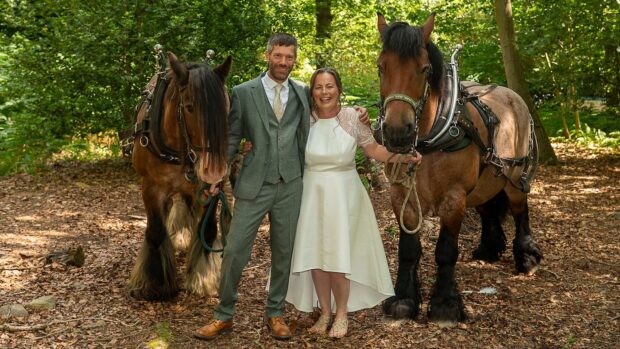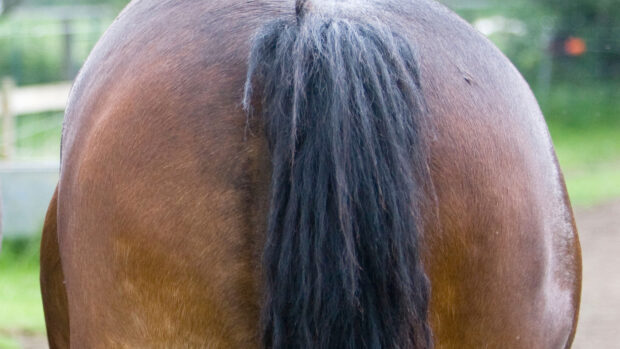Julie Templeton on why societies need to come together to benefit showing as a whole
AT this time in the showing calendar, as we all enjoy some well-earned rest and start working with some of the younger ponies, the show societies are all working hard to revise and renew their rule books ready to send out to members ahead of the 2022 season.
This is a thankless but necessary task that most members will not even realise is occurring. It’s so important that we check the current version of the rules so we can keep up to date with any changes.
Over the past several months many of the showing societies have been working together, alongside shows such as the Royal International (RIHS), on a number of issues. One such topic is the alignment of amateur rulings across all societies so that the system is as fair as possible, more transparent and is easier for competitors to understand.
This kind of collaborative working, where societies can bring things to the table and work together, is exactly what is needed in the showing industry to ensure not only its survival, but to promote its growth.
Whiskers debate
CONVERSELY, the Great Yorkshire Show announced that they were bringing in a new rule for 2022; they have introduced a ruling that exhibits with trimmed whiskers would not be allowed to compete. This has produced quite an outcry among competitors.
This issue has been on The Showing Council’s radar for a few years but it was felt that until the welfare policy and party were more established that this should remain on a slightly slower path.
While it seems like quite a trivial rule, it has caused lots of debate among riders, owners and producers and the hardest part of the process has been how to convey it to competitors.
It was agreed by the member societies that what could not be seen to happen was for trimmed horses and ponies to be penalised so that it affects placings in the show ring.
Great Yorkshire’s bold move means that trimmed horses and ponies won’t even be allowed to enter the ring. It’s going to be very hard to police on the ground and it will undoubtedly put another task in the already full lap of stewards and judges.
Going it alone
It is not for me to say whether or not I agree with this as a welfare policy. However, I do think that the show would have been better placed to try to bring this type of change in through The Showing Council, rather than just introducing it at their own show.
Great Yorkshire Show has an active voice at the table of The Showing Council through the Association of Show and Agricultural Organisations (ASAO), and could have asked for this to be discussed with all societies and associations. It would have made more sense for everyone to have input and then a strategic policy reached.
Ultimately stand-alone decisions like these make it confusing for the showing competitor.
- Do you agree with the banning of trimmed whiskers? Write to us at hhletters@futurenet.com including your name, local town and county and you might win a bottle of Champagne Taittinger
This exclusive column will also be available to read in Horse & Hound magazine, on sale Thursday 16 December
You may also be interested in…

Untouched whiskers ‘becoming the norm’ as major show bans trimming

Concerns over showing judges’ ability to identify overweight and obese horses

Who was your favourite past champion? A look back at the BSPS M&M supreme ridden final winners (2008 to 2022)

5 reasons why a subscription to HorseandHound.co.uk makes the perfect last-minute gift




